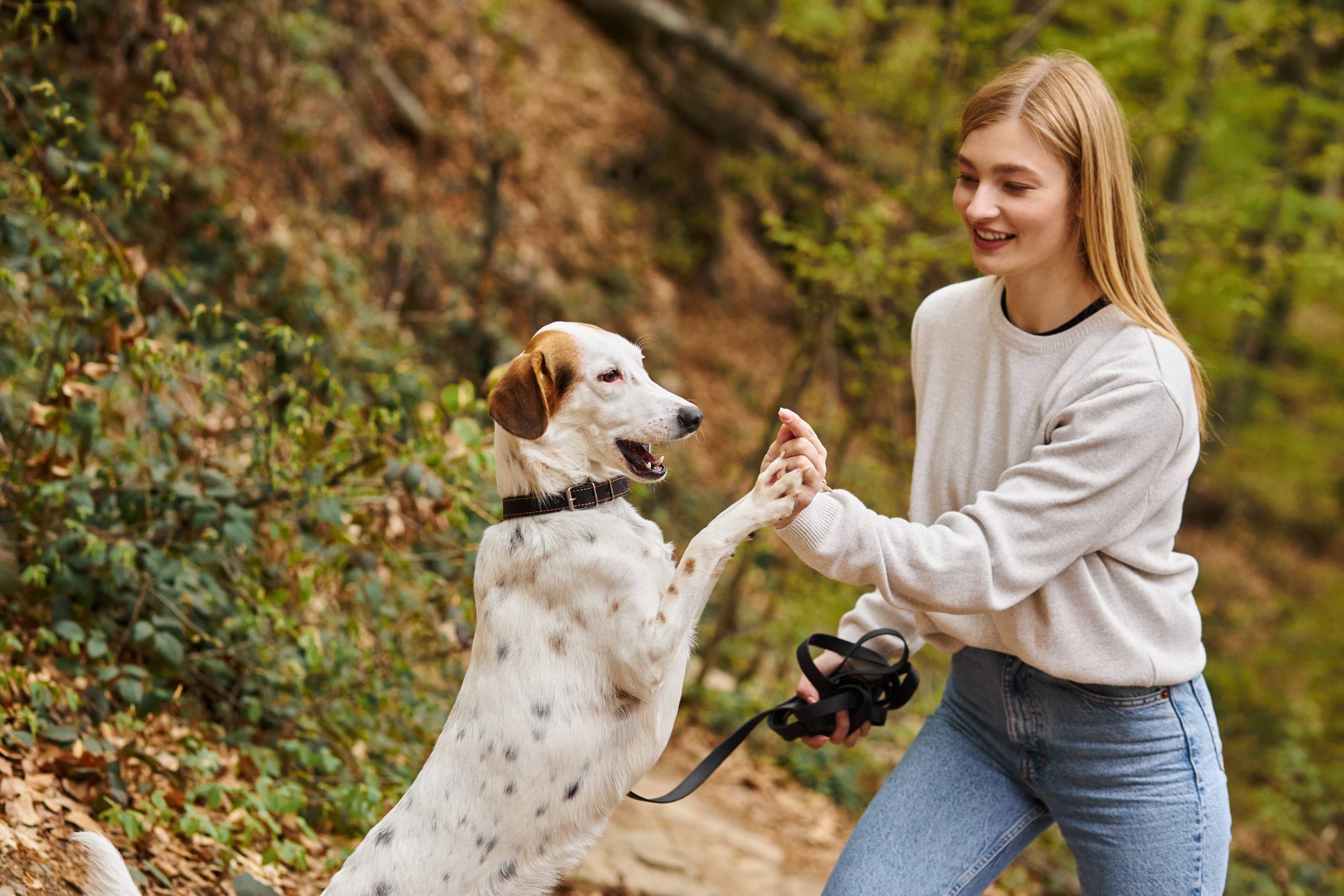
As dog owners, we cherish the companionship, loyalty, and love our pets bring into our lives. However, one of the challenges we often face is successfully introducing our dogs to new people and pets. Proper socialization is crucial for a well-adjusted and happy dog, and can prevent behavior issues down the line. This blog post will provide you with practical strategies to help your dog feel comfortable and confident in meeting new individuals, whether they walk on two legs or four.
Understanding Your Dog’s Social Needs
Before jumping into the strategies, it’s important to understand that every dog is unique. Some may be naturally sociable and excited to meet new friends, while others may be more reserved or even anxious. Consider your dog’s breed, history, and personality. A puppy might adapt more quickly to new situations than an older dog with a more established routine and set of experiences.
Factors influencing a dog’s social needs include:
– Temperament: Inherent personality traits which are partly influenced by the breed.
– Prior experiences: Dogs with positive past encounters tend to be more open to new ones.
– Training: Well-trained dogs often handle new interactions better.
Preparing for the Introduction
A smooth introduction begins well before the actual meeting. Here’s how you can prepare:
1. Basic Obedience Training:
– Ensure your dog responds reliably to basic commands such as sit, stay, leave it, and come. These commands will help guide your dog’s behavior during introductions.
2. Health Check:
– Ensure your dog is healthy and up to date on vaccinations. This is crucial when meeting other pets, as it prevents the spread of diseases.
3. Socialization Opportunities:
– Gradually expose your dog to different environments, sounds, and sights. This might include car rides, walks in bustling parks, or visits to pet-friendly stores. These experiences can build your dog’s confidence in new situations.
Introducing Dogs to New People
Whether you’re welcoming visitors to your home or meeting strangers on a walk, follow these steps:
1. Create a Calm Environment:
– Dogs feed off our energy. Ensure you and the new person remain calm. If you’re anxious, your dog might pick up on this and become nervous.
2. Neutral Grounds:
– If possible, introduce your dog to new people in neutral territory rather than at home. This can reduce territorial behavior. A local park or a quiet street corner can be ideal settings.
3. Controlled Distance:
– Start with a safe distance where your dog feels comfortable. Allow your dog to observe and sniff the new person from afar. Reward calm behavior with treats and praise.
4. Gradual Approach:
– Gradually reduce the distance while maintaining a relaxed demeanor. The new person should avoid direct eye contact and sudden movements, as these can be intimidating for the dog.
5. Positive Reinforcement:
– Reward your dog with treats and praise for calm behavior. This will help associate the new person with positive experiences.
6. Respect Boundaries:
– Allow your dog to approach at their own pace. If your dog feels threatened or shows signs of distress, take a step back and give them some space.
Introducing Dogs to Other Pets
When it comes to meeting other pets, the process can be trickier due to the potential for territorial behavior and varying temperaments. Here’s a step-by-step guide:
1. Initial Meeting on Neutral Ground:
– Choose a neutral location for the initial meeting. This could be a park or a friend’s backyard. Keep both dogs on a leash to maintain control.
2. Parallel Walks:
– Start with parallel walks, keeping some distance between the dogs. This allows them to become accustomed to each other’s presence without direct interaction.
3. Gradual Approach:
– Gradually reduce the distance between the dogs if they appear calm and curious. Allow them to sniff each other briefly, then separate them. Repeat this process, extending the duration of their interactions.
4. Monitor Body Language:
– Pay close attention to body language. Signs of positive interaction include relaxed tails, play bows, and loose bodies. Signs of stress or aggression, such as growling, stiff posture, or raised hackles, indicate it’s time to separate and take a step back.
5. Home Introduction:
– If the initial meetings go well, you can progress to introducing the dogs at home. Start in a neutral room, gradually allowing them more freedom as they become comfortable.
6. Supervised Interactions:
– Supervise all interactions between the dogs and separate them at the first sign of conflict. Gradually increase the duration and freedom of their interactions as trust builds.
Conclusion: Patience and Consistency Are Key
Introducing your dog to new people and pets is a process that requires patience, consistency, and an understanding of your dog’s unique personality. Every dog will adapt at its own pace, and it’s crucial to respect their boundaries.
Remember to celebrate successes, no matter how small. Over time, with positive reinforcement and gradual exposure, your dog will become more confident and sociable. This not only enriches their life but also strengthens the bond you share.
By following these strategies, you can ensure that each introduction is a positive experience, paving the way for a harmonious and happy life for your beloved dog in their ever-expanding social circle.






